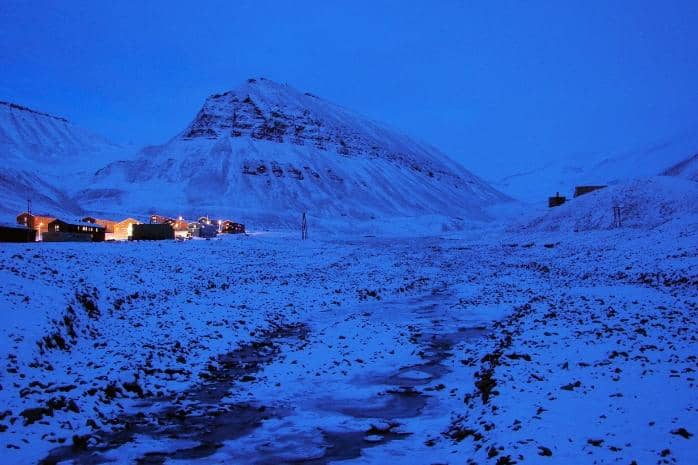Have you ever wondered what it’s like to experience perpetual daylight or endless nights? In Russia, this polar paradox is a reality for many regions, particularly in the northern territories.
Russia, the world’s largest country, stretches across 11 time zones and encompasses diverse climates and landscapes. In the far northern regions, such as Murmansk and Norilsk, the phenomenon known as the “White Nights” occurs during the summer months. During this time, the sun never fully sets, creating an ethereal, almost surreal atmosphere. The sky remains bright even in the early hours of the morning, casting a mesmerizing glow over the landscape.
This phenomenon is a result of Russia’s high-latitude location. Places north of the Arctic Circle experience the “Midnight Sun” effect, where the sun remains above the horizon for 24 hours a day during the summer solstice. This is due to the tilt of the Earth’s axis, which causes the northern regions to be tilted towards the sun during the summer months.
Conversely, the winter months bring the opposite effect, with some regions experiencing complete darkness for weeks or even months on end. In the city of Murmansk, for example, the sun can disappear for 40 days during the winter, a period known as the “Polar Night.” This is caused by the Earth’s tilt, which causes the northern regions to be tilted away from the sun, resulting in prolonged periods of darkness.
The impact of these extreme light conditions on the local population is significant. During the White Nights, residents often struggle to sleep, as the persistent sunlight can disrupt their circadian rhythms.
Conversely, the Polar Night can lead to feelings of depression and isolation, as the lack of sunlight can have profound effects on mental health and well-being.
Despite the challenges, the residents of these northern regions have adapted to these unique environmental conditions. Many embrace the natural wonders, with festivals and celebrations taking place during the White Nights to make the most of the extended daylight.
The Scarlet Sails festival in St. Petersburg, for example, is a renowned event that marks the end of the school year and the longest night of the year.
Russia’s polar regions offer a fascinating glimpse into the extremes of the Earth’s tilt and its impact on the daily lives of its inhabitants. From the ethereal beauty of the White Nights to the eerie darkness of the Polar Night, these regions provide a unique and captivating perspective on the natural world.

